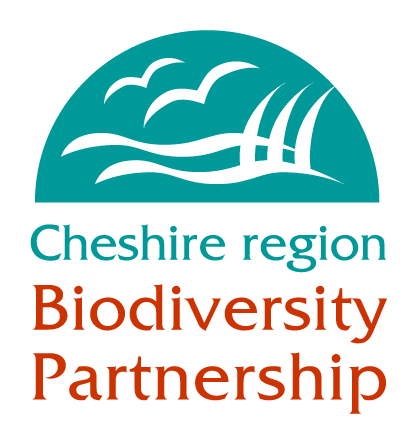WAXCAP GRASSLANDS
LOCAL BIODIVERSITY ACTION PLAN
Links to associated SAPs
None
Current Status
Waxcap-grassland fungi are characteristic of unimproved, nutrient poor grasslands, often with moss rich highly grazed swards. Ecologically, Waxcap Grassland fungi can be split into five groups; dung fungi, litter decompsers, terricolous species, mycorhizal species and CHEG species. CHEG species comprise the Clavariacea (Fairy Clubs), Hygrocybe (Waxcaps), Entolomacea (Pink gills) and Geoglossaceae (Earth tongues).
Waxcap species are the best known and easiest to identify and are considered to be suitable indicators of mycologically rich grasslands. Whilst the distribution and ecology of these species is still relatively poorly understood, their unimproved grassland habitat is considered to be threatened throughout the UK and Europe.
Many grassland species themselves are also considered to be threatened and over 250 are included on European Red Data Lists. However, as the UK does not yet appear to have suffered the levels of losses experienced in North-West Europe it remains a stronghold for these species.
Threats
- Reduced levels of Grazing.
- Increased public access resulting in increased picking or knocking over of fruiting bodies.
- Afforestation.
- Whilst moderate trampling by livestock and humans does not appear to have an adverse impact upon the underground mycelia, the use of heavy machinery, trampling by horses and rutting by vehicles including bikes, resulting in soil compaction could be deleterious to grassland fungi.
- Agricultural ‘improvement’ of grasslands - especially the application of lime.
- Ploughing.
- Atmospheric pollution.
How are we helping to conserve Waxcap Grassland in the Cheshire region?
- 3 Waxcap species have action plans under the UK Biodiversity Action Plan.
- The British Mycological Society provides advice nationally via their conservation officer, records and workshops.
- Plantlife's national Pink Waxcap survey
- A number of recognised Cheshire Waxcap grassland sites are within existing SBIs including; Kerridge Hill, Macclesfield Forest, Teggs Nose Country Park and Harrop Wood.
- Ongoing recording and research is being undertaken at Kerridge Hill by Rachel Hunter.
- Liaison with Groundwork’s Kerridge Hill and Inglesley Vale (KRIV) Project.
Objectives, Targets and Actions
OBJECTIVES |
LOCAL TARGETS |
- Identify existing Waxcap Grasslands in Cheshire
- Maintain all existing Waxcap Grasslands in Cheshire
- Establish new Waxcap Grasslands at suitable sites
|
|
ACTION REQUIRED |
- Ensuring that traditional mowing/grazing regimes are maintained at important sites.
- Obtain historical data for Waxcap grasslands within Cheshire.
- Develop relationships with relevant landowners and encourage take up of any relevant Environmental Stewardship Grants.
- Develop partnership with KRIV.
- Encourage universities to establish research projects into the ecology and conservation of Waxcap grasslands.
- Establish links with University of Wales Aberystwyth who are currently undertaking Waxcap research.
|
Progress so far
| 1997 - 2006 Action Completed |
|
How to find out more about Waxcap Grasslands
Plantlife's guide to managing grassland for fungi - www.plantlife.org.uk/uk/assets/saving-species/saving-species-publications/management-guide-Grassland-gems-managing-lawns-pastures-for-fungi.pdf
Natural England's note on waxcap grassland - www.english-nature.org.uk/Science/botany/pdf/FUNGI_INFO_NOTE.pdf
Contact details
References & Glossary
Griffith G.W., Bratton J.H., Easton G. (2004) Megafungi – The Conservation Of Waxcap Grasslands
Evans S. (2003) Waxcap Grasslands – an assessment of English Sites, Report Number 555, English Nature.
Boertmann D. (1995) The Genus Hygrocybe. The fungi of Northern Europe -Vol 1. Danish Mycological Society, Copenhagen Rotheroe M. (2001) A preliminary survey of waxcap grassland indicator species in South Wales in Fungal Conservation Issues and Solutions (eds D Moore, M M Nauta, S E Evans and M Rotheroe) p. 120-135 Cambridge University Press

